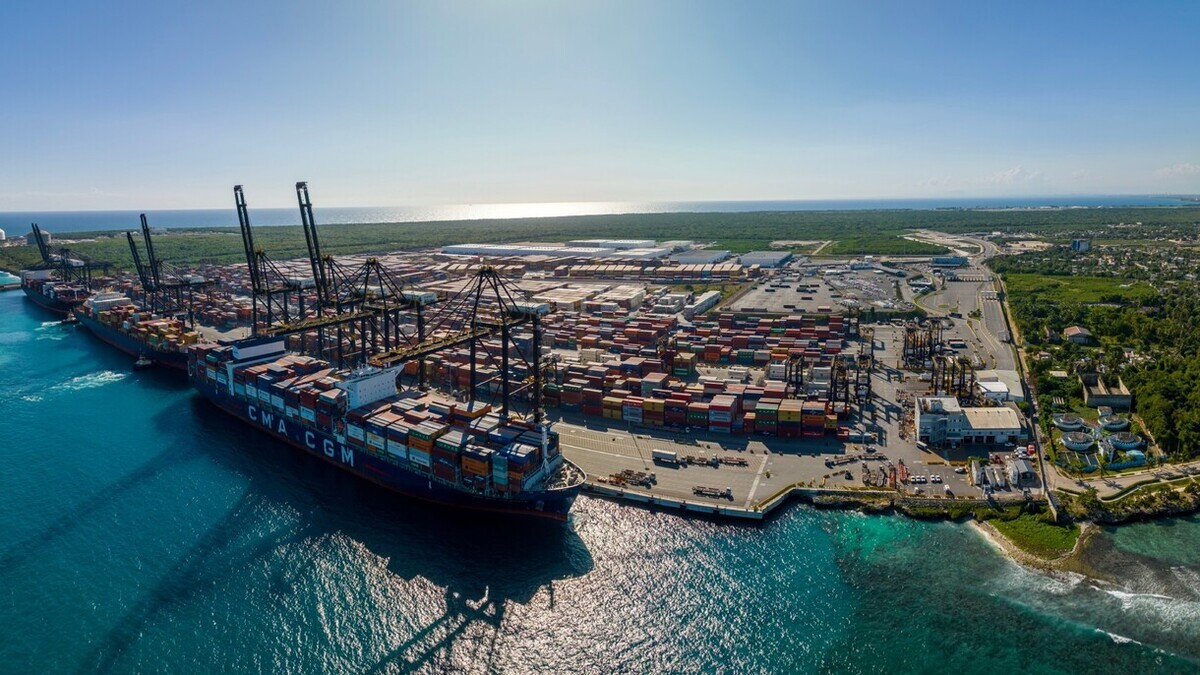Clarksons data shows that global ship repair business volume surged by 7% in 2025, far exceeding the overall fleet growth rate.
The growth in ship repair services stems primarily from two key drivers: first, aging fleets reaching critical inspection milestones; second, shipowners racing to install energy-saving technologies to meet increasingly stringent decarbonization targets.
Clarkson noted that 15 years have passed since the shipbuilding boom of 2009-2010, with a large number of vessels now facing their third, fourth, or even fifth special inspection. This has generated strong demand for shipyard slots globally.
During the 2019-2020 period, shipyards experienced a surge in demand for desulfurization retrofits, leading to capacity constraints. Although this peak retrofitting period has long since subsided, shipyards are now seeing a steady stream of decarbonization projects: over 540 vessels have undergone energy-saving retrofits so far this year, while early-stage projects involving carbon capture systems and fuel conversion are also beginning to emerge.
As ship repair yard capacity tightens and vessel lay-up days rise, ship brokers have warned that shipowners may soon face higher repair costs and longer waiting times for slots.
In the global ship repair market, China dominates the landscape with unprecedented strength. Seventeen of the world’s 20 busiest repair yards are located in China, further cementing its position as the undisputed industry leader in this sector.
A few days ago, the 94th meeting of the Ship Repair Company “SPCC” was held in Shanghai.
Data shows that China’s major ship repair companies generated 33.953 billion yuan (approximately US$4.76 billion) in ship repair output in the first three quarters, a year-on-year increase of 13.14%. 4,841 ships were completed and shipped, a year-on-year increase of 2.85%. It is estimated that 20 individual ship repair companies will have annual output exceeding 1 billion yuan, with eight expected to exceed 2 billion yuan (approximately US$280 million).





